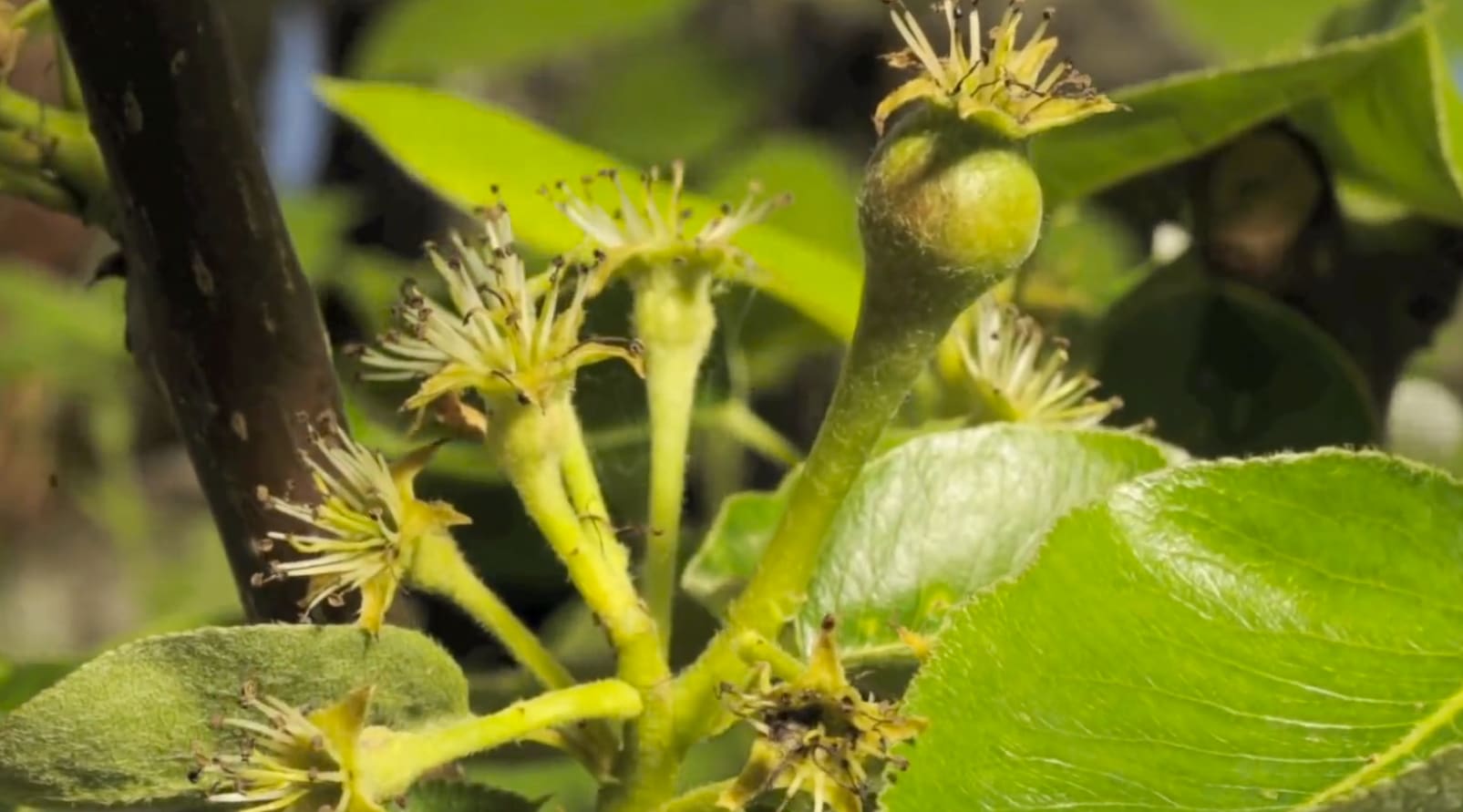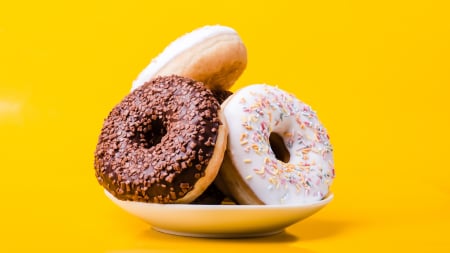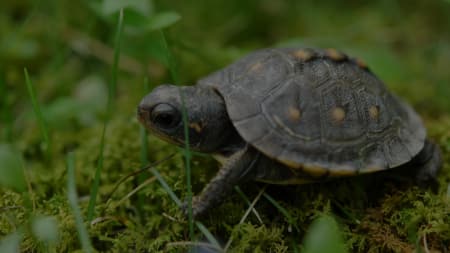
Why do plants grow fruit?

Discuss:
What do you think happened to the seeds the pear flowers should have made?

Discuss:
What part of the flower turned into a pear?


Discuss:
Why do you think some plants grow fruit around their seeds?
Hint...
Remember plants need their seeds to move away from them.

Discuss:
Do you think a tomato is a fruit or a vegetable?
Reveal answer
It depends whether you ask a scientist or a chef... find out more in the next video!


Below are ideas for extending this topic beyond the activity & exploration which you just completed.
- End of Mystery Assessment and Answer Key
- Reading: Mystery Science Fruit Salad
- Video: Life Cycle of an Apple Tree— a fun video with a very catchy song
- Activity: Bee-Free Barbeque
- Resource: How Food Grows
If you've ever been pestered by bees at a picnic, you might think that a barbecue would be better if there were no bees at all.
Not so! Without the bees to pollinate crops, your barbecue would have no mustard, no ketchup, no pickles, no lemonade.
In this activity from the Smithsonian, students explore what foods the barbecue would be missing if there were no bees. A student handout and teacher instructions are provided.
How Food Grows is an educational site that uses time-lapse photography, videos, photographs, informative text, and recipes and to show how food gets from seed to table.
You can choose your favorite fruit or vegetable and find videos of how it is grown and harvested. See how a pineapple grows. Watch conveyor belts full of blueberries on their way to market. Watch a time lapse video of a strawberry flower becoming a strawberry.
A great site for you or your students to explore.


